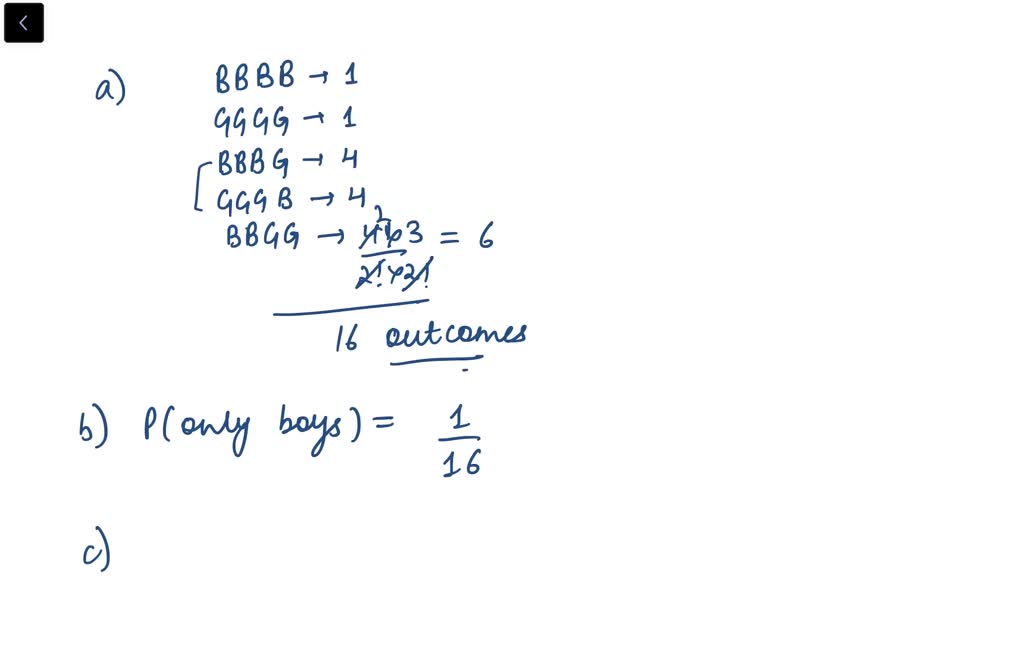

As of this writing, the MicroSort method is undergoing clinical trials, but these results are available: Among 726 couples who used the XSORT method in trying to have a baby girl, 668 couples did have baby girls, for a success rate of 92.0%. Here is a statement from the MicroSort Web site: “The Genetics & IVF Institute is offering couples the ability to increase the chance of having a child of the desired gender to reduce the probability of X-linked diseases or for family balancing.” Stated simply, for a cost exceeding $3000, the Genetics & IVF Institute claims that it can increase the probability of having a baby of the gender that a couple prefers. Girl, and the YSORT method is designed to increase the likelihood of a boy. The Microsort XSORT method is designed to increase the likelihood of a baby

The Genetics & IVF Institute developed a newer gender-selection method called MicroSort. The product cost only $49.95, but the Food and Drug Administration told the company to stop distributing Gender Choice because there was no evidence to support the claim that it was 80% reliable. In the 1980s, ProCare Industries sold a product called Gender Choice. Methods of gender selection have been around for many years.

These couples may want to use a gender-selection method to increase the likelihood of having a baby girl so that none of their children inherit the disorder. For example, some couples carry X-linked recessive genes, so that a male child has a 50% chance of inheriting a serious disorder and a female child has no chance of inheriting the disorder. Others believe that limited use should be allowed for medical reasons, such as to prevent gender-specific hereditary disorders. Some people believe that use of such methods should be prohibited, regardless of the reason. Testing a Claim About a Standard Deviation or Varianceĭoes the MicroSort method of gender selection increase the likelihood that a baby will be a girl? Gender-selection methods are somewhat controversial. Testing a Claim About a Mean: s Not Known


 0 kommentar(er)
0 kommentar(er)
